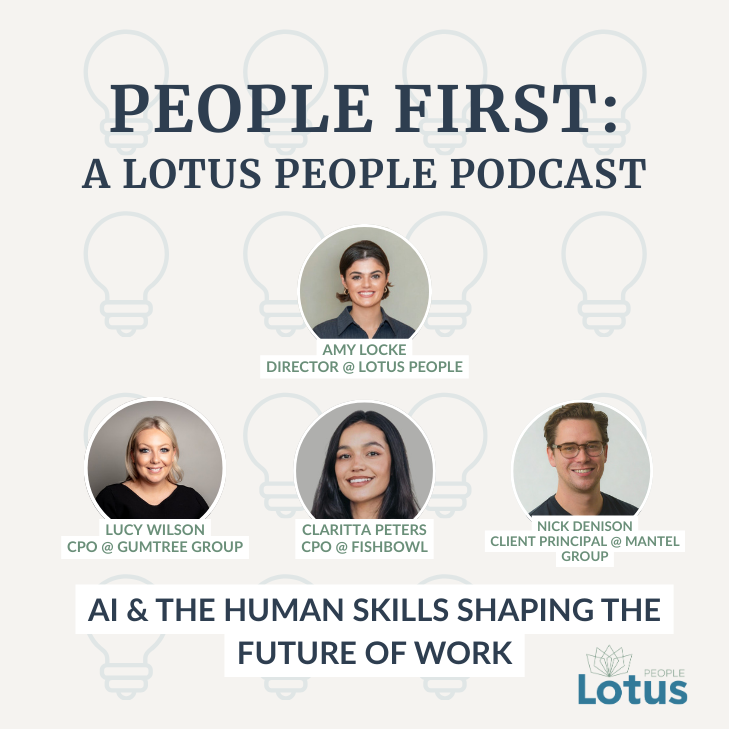As we approach 2025, keeping employees happy and engaged remains a critical priority for organisations across all sectors.
A happy workforce is more productive, innovative, and loyal, and with the ongoing evolution of workplace dynamics, strategies that worked in 2024 must now adapt to meet the challenges ahead. This blog explores actionable strategies to ensure your employees remain satisfied, motivated, and ready to thrive in 2025.
1. Embrace Flexibility
Flexibility is a non-negotiable aspect of modern work environments. Post-pandemic, the hybrid work model has become a standard expectation for many employees. Organisations must balance the benefits of remote work with the need for community and collaboration.
- Why It Matters: Flexibility in work arrangements significantly impacts employee satisfaction. Data shows that employees who are satisfied with their organisation’s flexibility are more likely to balance work and personal obligations, feel happy at work, and recommend their employer.
- Actionable Steps: Implement or refine flexible work policies that align with employee preferences. Regularly gather feedback through engagement surveys to assess the effectiveness of these policies.
2. Promote Internal Mobility and Career Progression
Employees want to see a future within your organisation. Providing clear paths for advancement and promoting from within not only boosts morale but also increases employee retention.
- Clear Career Paths: Develop a transparent career progression framework that outlines roles, responsibilities, and the skills needed for advancement. Regularly communicate this framework to ensure employees understand their growth opportunities.
- Development Programs: Invest in employee development through training, workshops, and educational resources. Encourage continuous learning and professional growth.
- Mentorship: Implement mentorship programs to guide employees on their career journeys. Pair them with experienced mentors who can offer insights and support.
3. Foster a Culture of Continuous Learning
A workplace that prioritises learning and development keeps employees engaged and motivated. By fostering a culture of continuous improvement, you empower employees to grow and excel.
- Learning Opportunities: Offer various learning and development programs that align with employee career goals. Encourage a growth mindset across the organisation.
- Regular Feedback: Provide constructive feedback through regular performance reviews. This helps employees identify their strengths, areas for improvement, and the steps needed to advance.
4. Ensure Transparency and Open Communication
Open communication and transparency are essential for building trust and maintaining a positive workplace culture.
- Two-Way Feedback: Encourage employees to share their thoughts, concerns, and ideas. Use engagement surveys and town hall meetings to gather feedback and act on it.
- Approachable Management: Ensure that managers are approachable and foster a supportive environment where employees feel comfortable discussing their needs and challenges.
5. Offer Competitive Benefits and Work-Life Balance
Competitive benefits and a healthy work-life balance are key to employee satisfaction. Employees who feel supported both professionally and personally are more likely to stay with your organization.
- Applicable Benefits: Tailor benefits to meet the diverse needs of your workforce, such as health and wellness programs, flexible working hours, and parental leave.
- Work-Life Balance: Promote policies that help employees maintain a healthy work-life balance, reducing stress and preventing burnout.
6. Champion Diversity and Inclusion
Creating a diverse and inclusive workplace is key to fostering a positive environment where all employees feel valued and respected. Diversity and inclusion go beyond just policies—they should be embedded in the company culture and reflected in everyday practices.
- Inclusive Culture: Promote a culture that celebrates diverse perspectives and backgrounds. Ensure that all employees feel welcomed and valued, regardless of their gender, race, ethnicity, or other aspects of their identity.
- Equal Opportunities: Implement fair and unbiased recruitment, promotion, and development practices to ensure equal opportunities for all employees.
- Education and Awareness: Provide regular training on diversity, equity, and inclusion to help employees understand its importance and how they can contribute to a more inclusive workplace.
Ensuring employee happiness requires a holistic approach that addresses flexibility, growth, communication, and well-being. By implementing these strategies, your organisation can create a supportive and engaging work environment where employees feel valued, motivated, and ready to do their best.
As we move through 2024, keeping your workforce happy is not just about retention—it’s about building a thriving organisation.
You may also like...





